Entry Category: Woodruff
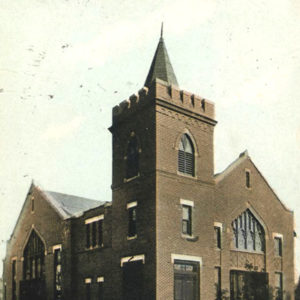 Augusta Church
Augusta Church
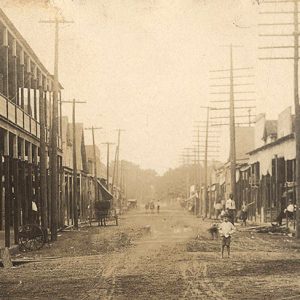 Augusta Street Scene
Augusta Street Scene
 Bayou De View
Bayou De View
Cotton Plant (Woodruff County)
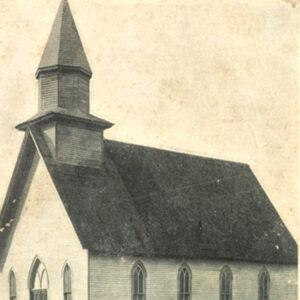 Cotton Plant Church
Cotton Plant Church
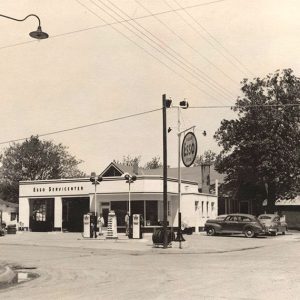 Esso Servicenter
Esso Servicenter
Fitzhugh (Woodruff County)
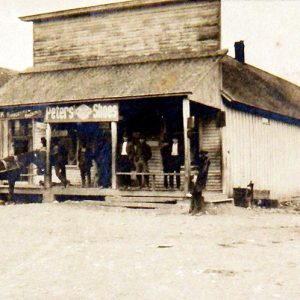 Fitzhugh Store
Fitzhugh Store
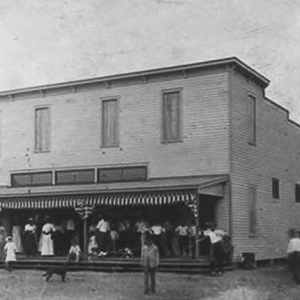 Gregory Store
Gregory Store
 Gregory Store
Gregory Store
 Home News
Home News
Hunter (Woodruff County)
Maberry (Woodruff County)
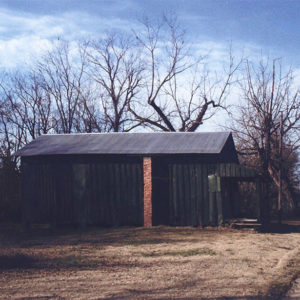 Maberry Abandoned Building
Maberry Abandoned Building
McCrory (Woodruff County)
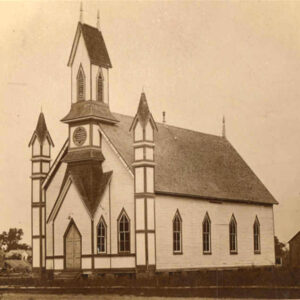 McCrory Church
McCrory Church
Patterson (Woodruff County)
Snapp (Woodruff County)
 Woodruff County News
Woodruff County News




